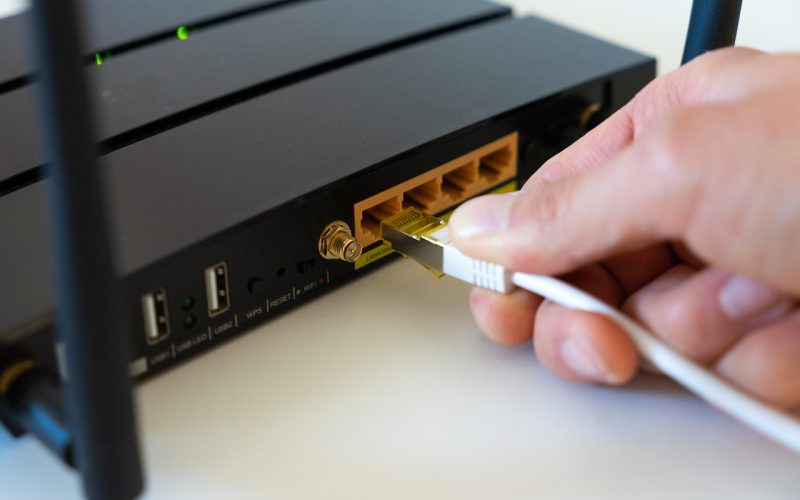
Unlocking a Cell Phone – What is Network Lock?
A network lock prevents your phone from connecting to any other network. Fortunately, there are ways to remove a network lock without losing your phone's functionality. Unlocking a cell phone is easy and will allow you to use any other SIM card without any problems. There are two main types of networks: GSM and CDMA. GSM phones are compatible with only the GSM carrier, while CDMA phones can only connect to CDMA networks. A network lock can prevent you from using a different network. A network lock on a cell phone means that you can't use a different SIM card…






